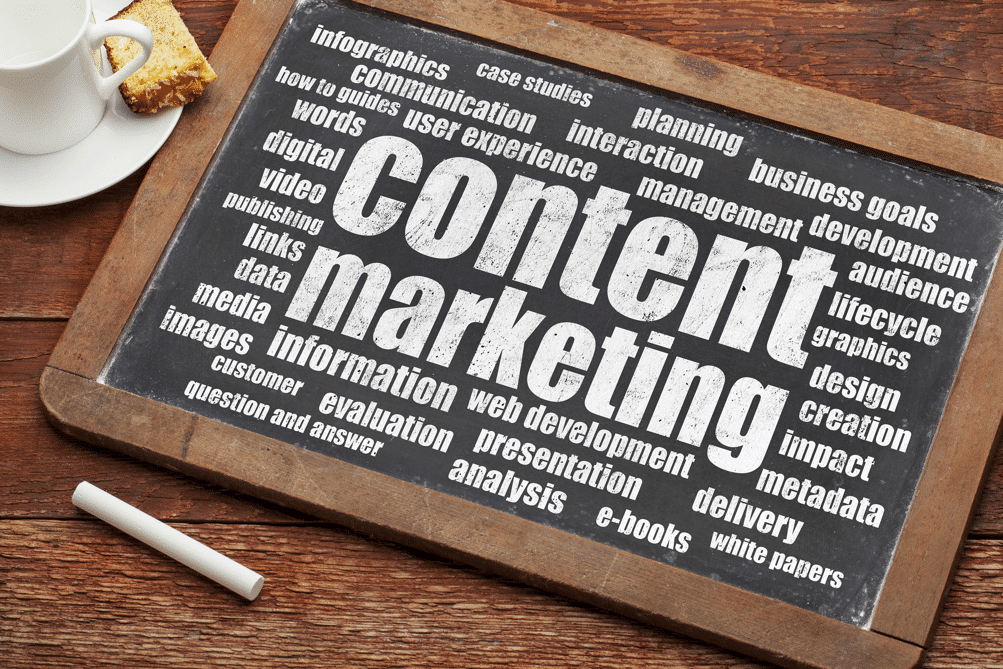While modern marketing is a diverse and integrated discipline, there is no doubt that it is increasingly being driven by the publication of engaging content.
This is supported by the fact that an estimated 200 million people now use ad blocking software, as customers become increasingly cynical and unresponsive to paid advertising techniques.
While content marketing may be central to your businesses success in the digital age, however, you will need to focus on far more than quality of your publications. You will also need to consider technical elements such as graphics, text and web design, while understanding how these impact on performance. For example:
-
Use the Right Text and Typography To Present Your Brand’s Proposition
In previous blog posts, we have touched on how typography plays a pivotal, if often understated role in the design of your website. More specifically, certain fonts trigger impulsive reactions in the minds of consumers, helping them to form an initial opinion of your website, brand and unique value proposition.
Modern fonts such as Century Gothic afford your website a chic and stylish aesthetic, for example, which is ideal when selling high-end products or services to customers. Conversely, Baskerville is a traditional font that builds trust between brands and customers, as it is proven to reflect a keen sense of reliability.
The key is to align your font with the nature of your brand and the main purpose of its website. This ensures that customers are able to make an holistic connection between a business and its website, while it also makes if far easier to achieve core commercial objectives.
The same principle can also be applied to the precise text that you use. You can afford to use detailed and long-form content when informing customers and adding value, for example, while organic and more concise messaging should be utilised when attempting to sell products directly.
-
Leverage Web Design to Optimise the Impact of Your Content
There is an interesting relationship that exists between the design of your website and its content, as the former provides a platform from which the latter can effectively engage readers. Make no mistake; you can leverage design to optimise the impact of your content, and there are various ways through which this can be achieved.
It is crucial that you utilise often overlooked areas of space on your website, for example, particularly when attempting to create a short, seamless and rewarding customer experience.
When designing your website, it can be extremely effective to place calls-to-action (CTAs) in footers at the bottom of each page. This enables you to publish concise and relevant content that initially engages readers, before providing a natural and actionable CTA through customers can continue their journey.
In short, you provide customers with a concise reason to interact with your brand, before encouraging them to click-through your CTA when they are at the most engaged with your messaging. This is the type of small detail that make a significant difference to your content marketing efforts, particularly in terms of increasing sales conversions.
-
Graphics and Icons Should Be Used to Optimise Space and Add Value to Your Content
While graphics and icons can have a positive impact on your content marketing strategy, execution is crucial if you are to be successful.
Most importantly, you need to have a clear understanding of why you are using graphics in your content, and the precise value that they add to the reader experience.
If you are designing a website, for example, graphics and icons can be used to optimise space by creating compact, actionable links to internal pages. They can also add a visual dimension to product-oriented brands, although it is important to note that the excess use of graphics can have a detrimental impact on individual page loading times.
When publishing internal or external blog content, graphics (and particularly infographics) can add significant value while also helping to reaffirm core insights. In fact, this type of rich-media achieves three-times more likes than any other form of content through social media, thanks primarily to its visually striking composition and the concise presentation of data.
As you can see, text, design and graphics can have a seminal impact on the performance of your content in the modern age. These small details can subsequently have a significant bearing on the effectiveness of your content marketing campaign, so it is important to approach them with an informed and strategic mind-set.
